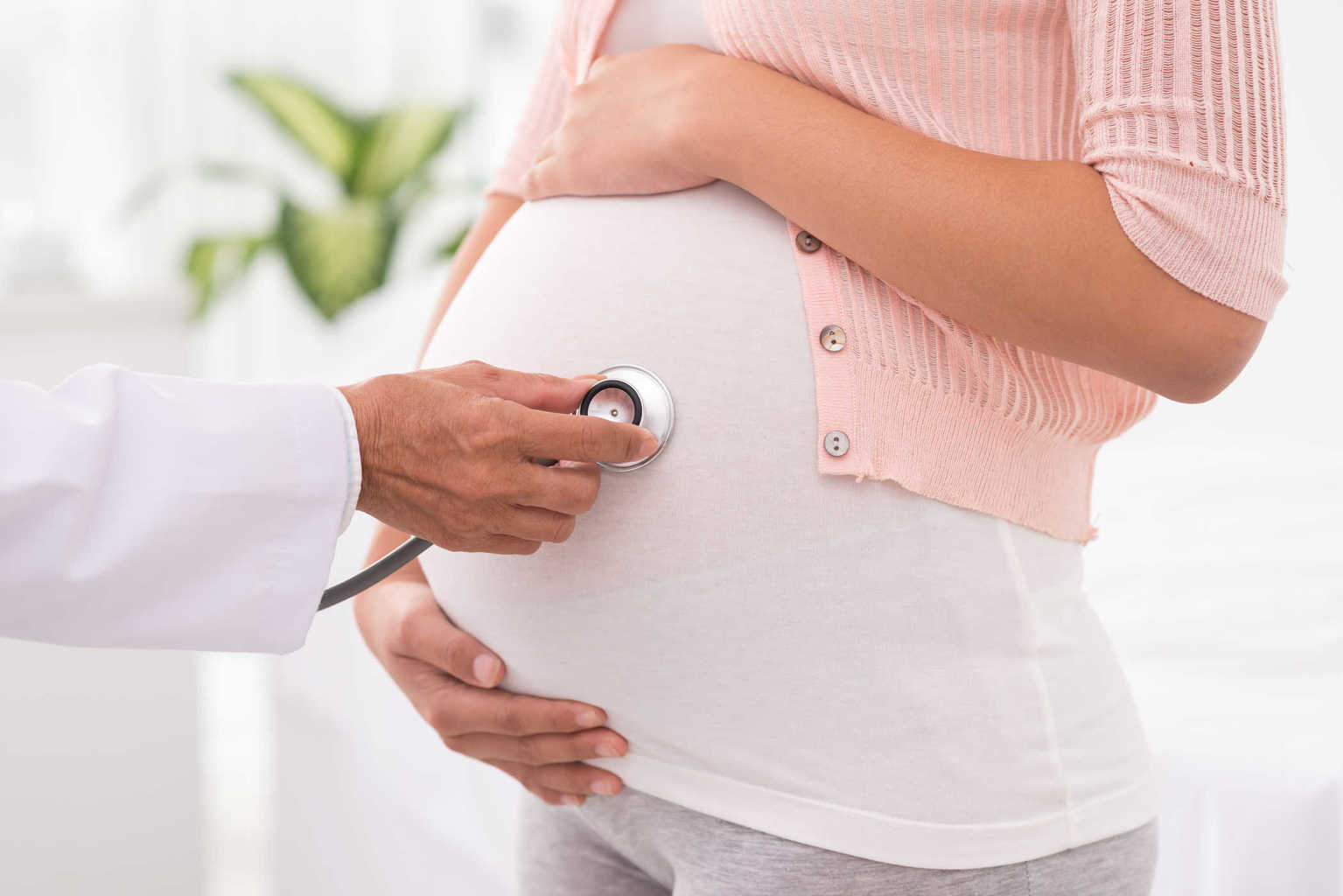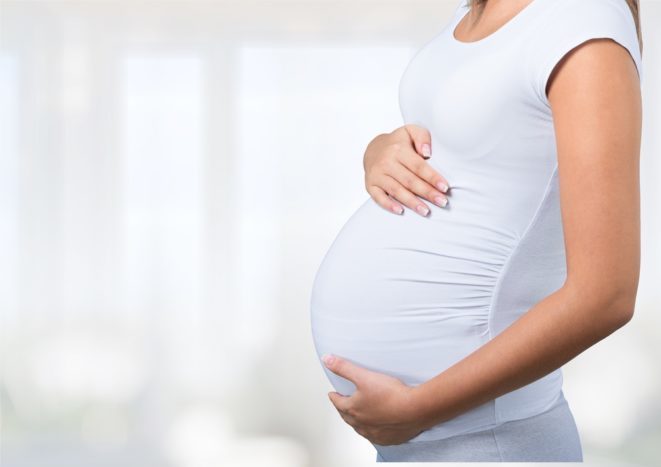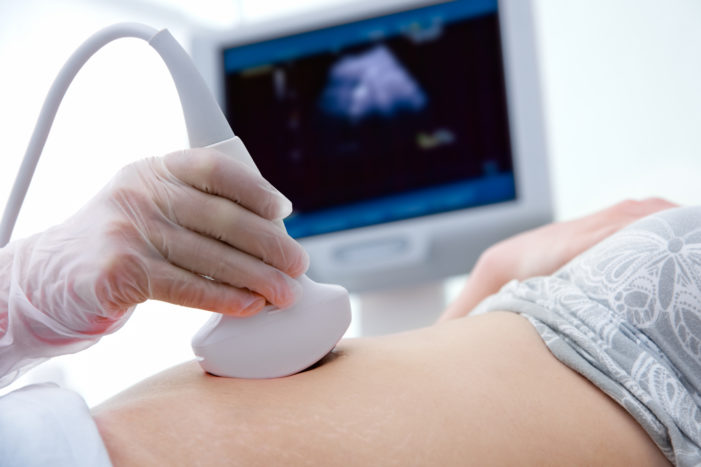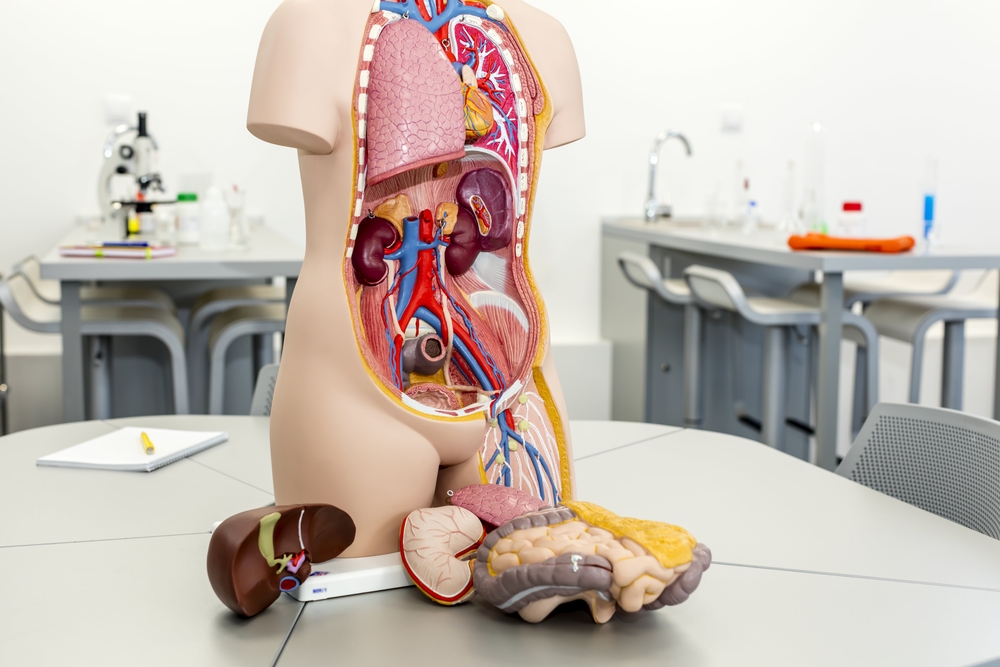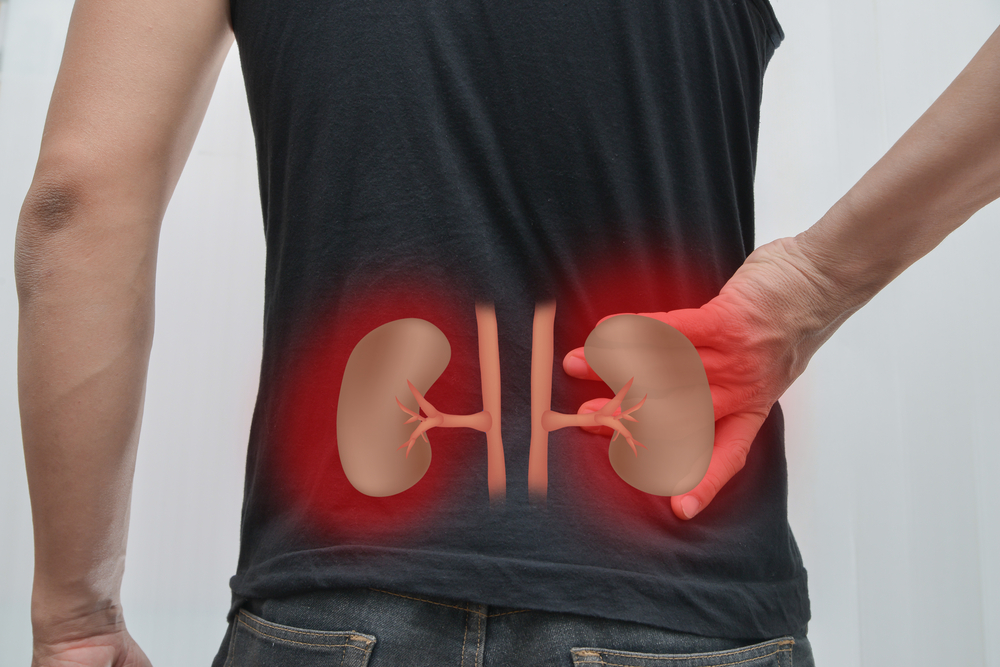Contents:
- Medical Video: What effects can preeclampsia have on mom and baby?
- Impact of preeclampsia on pregnant women
- Impact of preeclampsia on the fetus in the womb
Medical Video: What effects can preeclampsia have on mom and baby?
Preeclampsia is conditions that occur in pregnancies entering the age of 20 weeks. This condition is characterized by high blood pressure even though the pregnant woman has no history hypertension. Preeclampsia is one of the main causes of death for mothers in developing countries. This also impacts on fetal growth. Then, what are the dangers of preeclampsia for mother and fetus?
Impact of preeclampsia on pregnant women
Women who have high blood pressure during pregnancy are at higher risk for complications from pregnancy, birth, and during the puerperium. This adverse effect can occur in both the mother and fetus.
Preeclampsia is the most serious form of complication when a mother experiences high blood pressure during pregnancy, but that does not mean the cause is hypertension. It could be, this is a disorder caused by the presence of the placenta.
Initially, preeclampsia begins with abnormal placental conditions. The placenta is an important organ for the growth of the fetus in the womb. This abnormal placenta can cause various problems related to the vascular system, maternal health, as well as the development of the fetus itself.
The impact of preeclampsia also affects the mother's kidney function. In addition, preeclampsia can also trigger seizures in pregnant women, and this is referred to as eclampsia.
However, the biggest danger of the effects of preekmpasia is the appearance of the HELLP syndrome (Hemolysis, Elevated Liver Enzimes and Low Platelet Count) or hemolysis, increased liver enzymes and low platelet counts.
HELLP syndrome, along with preeclampsia, results in many maternal deaths associated with hypertension.
Other threats from the condition of preeclampsia are pregnant women
In fact, the condition of hypertension of pregnant women will heal itself after the fetus and placenta are born, but the fetus is threatened with growth resistance in the womb, even premature birth.
So that if a pregnant woman has this condition, it may require further treatment from a doctor before and after birth. Treatment of hypertension cannot prevent this, but it can still be used to prevent cardiovascular complications in the mother, especially during labor and childbirth.
Impact of preeclampsia on the fetus in the womb
The impact of severe preeclampsia will give different risks to each fetus.The main impact on the fetus is malnutrition due to lack of blood supply and food to the placenta, this leads to a disruption of the baby's growth in the womb.The fetus can be at risk of developing smallpox until stillbirth, due to not getting enough food.
Further research has also shown that preeclampsia in pregnant women can make babies at risk of certain diseases. This is because the fetus must survive with a limited supply of nutrients while in the womb. In this case, they will permanently change their structure and metabolism.
These changes may be the cause of a number of diseases later in life, including coronary heart disease and related disorders such as stroke, diabetes and hypertension.
Babies who are small or disproportionate at birth, or who have experienced changes in placental growth, are now known to have a greater risk of developing coronary heart disease, hypertension and non-insulin diabetes as adults.

